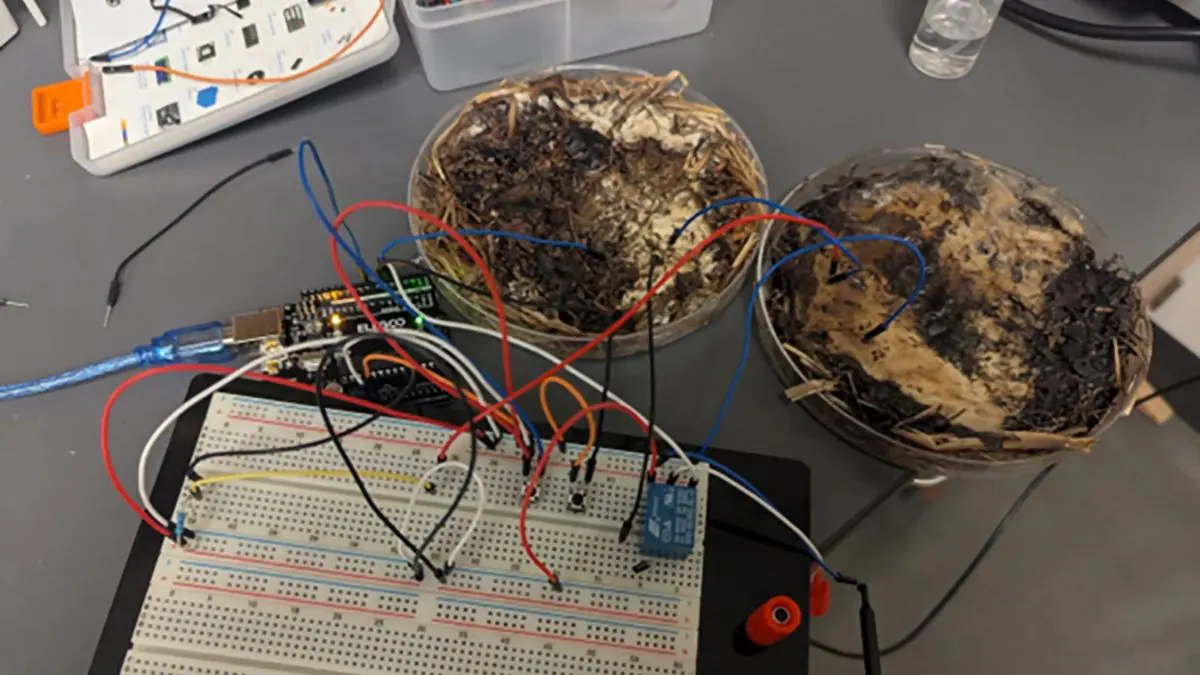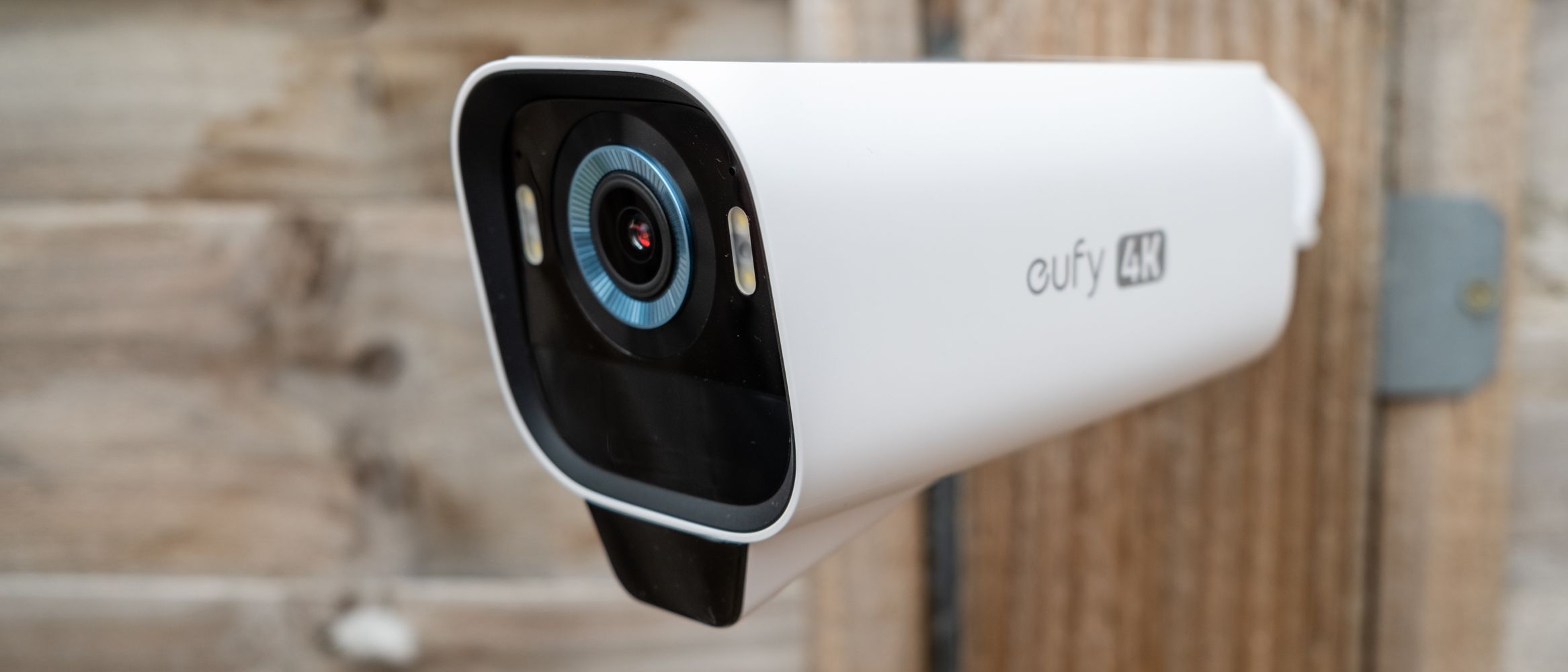Copyright techgenyz

Brainwave-powered devices use EEG sensors to translate brain activity into digital commands — controlling gadgets through pure thought.The fusion of neuroscience and slow tech aims to create tools that promote focus, mindfulness, and healthier digital habits.Despite challenges like signal accuracy, cost, and neural privacy, innovations are rapidly driving toward ethical, minimalist neurotech for everyday use. Now, let’s switch to the futuristic side — devices powered or influenced by brain activity. Yes, it’s real. Electroencephalography (EEG) technology has grown in a manner that allows us to read brain wave signals and translate them into digital commands. What Are Brainwave-Powered Devices? Simply put, brainwave-powered devices read electrical activity in your brain and convert it to commands. Using EEG (electroencephalography) sensors, patterns occur that the system then processes to act in the world: move a cursor, control a drone, play a video game, or adjust a smart appliance at home. It is a fundamentally different way to interface with technology. No buttons, no gestures, not even voice commands — just your thoughts guiding the experience. How Brainwave Tech Works EEG-based technology reads electrical activity on the scalp to relay that data to the software, reading levels of focus, stress, or engagement. Examples in today’s market: Muse headbands that track meditation and sleep quality.Smart headphones that monitor focus while you work.Gaming EEG headsets allow players to perform certain actions using brain signals. A recent scoping review identified over 900 research studies on consumer EEG applications. What the Hype Misses Most media pieces focus on the wow factor — “control devices with your mind!” — but skip the deeper realities: Accuracy issues – many consumer EEGs still show less than 50% reliability in uncontrolled environments.Comfort limits – bulky headsets reduce usability.Cost barrier – advanced EEG devices remain expensive.Ethical concerns – ownership and privacy of neural data need regulation. Where It Aligns with Wellness Brainwave tech doesn’t have to be gimmicky. Used right, it can actually support digital wellness — the very goal of slow tech. Imagine devices that: Detect when your focus drops and suggest a break.Help you meditate more effectively.Track mental fatigue and encourage healthy screen limits. Instead of amplifying distraction, these tools enable awareness. Notable Devices to Watch These technologies are unlocking a future when thoughtful design aids mind-control. Possible Development We love new tech, and it is in our culture to use renovated technology as a way to improve efficiencies in our practices and our lives. And yet, we are left with huge obstacles: Applications in real life are still too few.Long learning curves for users.Data privacy and ethical risks.Potential over-reliance on neurofeedback for motivation. Yet, the direction is promising — especially when combined with slow-tech values. Bridging Two Worlds: Minimalism Meets Mind Control What happens when slow tech and brain-tech converge? You get devices that not only reduce digital noise but also measure your mental state in real time. Picture this: A minimalist phone limits your apps.A lightweight EEG headband tracks your focus.If the mind wanders, it gently vibrates – a reminder to stop, you know. This is not about getting more devices – this is about smarter relationships with devices we currently have. Shared Benefits Encourages focus and calm.Less cognitive overload.More sustainable and healthy habits.Mindful, rather than compulsive, tech consumption. This intersection — between minimalism and neuroscience — may define the next era of digital wellness. Challenges and Realities Of course, there are hurdles: Signal accuracy: Brainwaves are subtle and often noisy.Learning curve: Some devices require practice or calibration.Cost: High-quality EEG gadgets aren’t cheap.Privacy concerns: Your brain data is extremely private, and you need to worry about security. However, no doubt these things are being addressed, and the technology is advancing rapidly. What You Will See Over the Next Year Sleeker, wireless EEG devices for daily use.Deeper integration with productivity tools.Minimalist, sustainable hardware trends in consumer tech.New privacy laws on neural data.UX research focusing on mental health outcomes. Final Thoughts Brainwave-powered devices put human intention at the center of tech. But it’s not only about cool gadgets — it is about technology that can now move to be inclusive, intuitive, and mindfulness-based: it’s about the promise of being able to interface your brain with a device. If anything, as this technology evolves, the line between thought and action will begin to fade, and technology will become an extension of ourselves. Can you imagine controlling your world with your own mind? The future might arrive sooner than we think.



